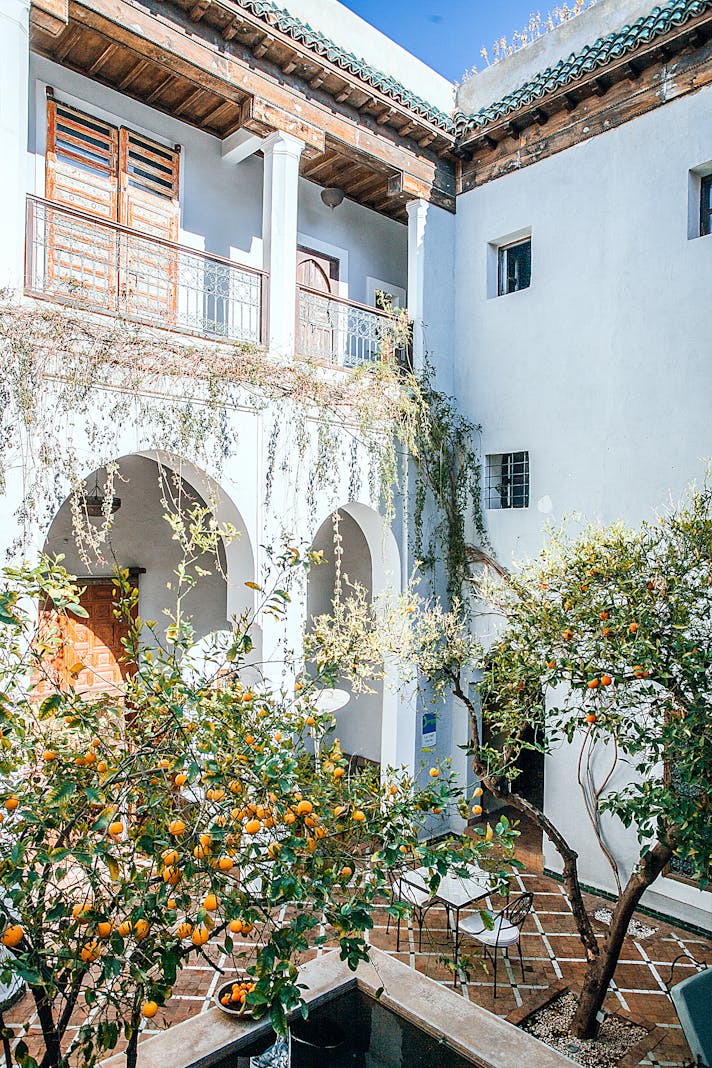Eucalyptus Trees in California

The colonization of California brought a great many people to the area; it also brought foreign flora and fauna. Because of greed and an insufficient understanding of natural ecology, many saw the introduction of non-native species as a way to provide for settlers and, not incidentally, make a fortune in the process. As we now know, this has often been disastrous for native plants and animals, and, in the case of the eucalyptus, for humans as well.
When Captain Cook sailed around the world, he discovered eucalyptus trees on the Australian coast. He brought specimens back to Europe, where they were lionized for their supposed density and therapeutic qualities. When the California Gold Rush brought a demand for building materials, intensive logging caused the state to pass the California Tree Culture Act of 1868, which encouraged the planting of new trees. Because there was little understanding of the unique qualities of the California landscape, this attempt to restore denuded areas made no specification of which trees should be planted.
A man by the name of Ellwood Cooper, who transplanted himself from San Francisco to the Santa Barbara area, championed the widespread planting of the blue gum eucalyptus tree, eucalyptus globulus. Entrepreneurs such as Hugo Reid and Lucky Baldwin also planted groves, and others were encouraged to propagate the species. In the Bay Area, for example, over a million trees were planted in the hopes that the wood and oil could be sold for profit. The scrubby plains of Southern California were soon covered in stands of eucalyptus. The trees were also used as windbreaks to protect citrus trees, an important crop in the southern part of the state.
Problems soon arose. Eucalyptus trees take almost a century before their wood becomes hard enough to be used for building, and the wood often twists and cracks as it dries. The oil’s properties are highly influenced by the nature of the soil, and California eucalyptus oil was considered inferior to its Australian counterpart. Soon enough the trees were used primarily for fuel. The widespread nature of their planting, however, meant that the trees quickly crowded out native species – and, in the process, organisms, bugs, and animals that depended on the native flora. Local bee populations have been harmed by the introduction of this species.
Eucalyptus tree oil and bark are highly flammable. In 1991, the Oakland fire burned over fifteen hundred acres and killed twenty-five people, fueled largely by hot, dry winds, but also by the trees planted almost a century earlier. The limbs are also very heavy, and cause damage when they fall on cars or people. The tree grows easily and fast in Mediterranean climates, and the cost of removing it is prohibitive.
Today, we are more aware of the problems caused by the introduction of non-native plants to new areas. It looks like we’re stuck with the eucalyptus trees, however, and will need to contend with the issues they bring. Enjoy the shade and the aroma, but remember that they are not native plants!
When Captain Cook sailed around the world, he discovered eucalyptus trees on the Australian coast. He brought specimens back to Europe, where they were lionized for their supposed density and therapeutic qualities. When the California Gold Rush brought a demand for building materials, intensive logging caused the state to pass the California Tree Culture Act of 1868, which encouraged the planting of new trees. Because there was little understanding of the unique qualities of the California landscape, this attempt to restore denuded areas made no specification of which trees should be planted.
A man by the name of Ellwood Cooper, who transplanted himself from San Francisco to the Santa Barbara area, championed the widespread planting of the blue gum eucalyptus tree, eucalyptus globulus. Entrepreneurs such as Hugo Reid and Lucky Baldwin also planted groves, and others were encouraged to propagate the species. In the Bay Area, for example, over a million trees were planted in the hopes that the wood and oil could be sold for profit. The scrubby plains of Southern California were soon covered in stands of eucalyptus. The trees were also used as windbreaks to protect citrus trees, an important crop in the southern part of the state.
Problems soon arose. Eucalyptus trees take almost a century before their wood becomes hard enough to be used for building, and the wood often twists and cracks as it dries. The oil’s properties are highly influenced by the nature of the soil, and California eucalyptus oil was considered inferior to its Australian counterpart. Soon enough the trees were used primarily for fuel. The widespread nature of their planting, however, meant that the trees quickly crowded out native species – and, in the process, organisms, bugs, and animals that depended on the native flora. Local bee populations have been harmed by the introduction of this species.
Eucalyptus tree oil and bark are highly flammable. In 1991, the Oakland fire burned over fifteen hundred acres and killed twenty-five people, fueled largely by hot, dry winds, but also by the trees planted almost a century earlier. The limbs are also very heavy, and cause damage when they fall on cars or people. The tree grows easily and fast in Mediterranean climates, and the cost of removing it is prohibitive.
Today, we are more aware of the problems caused by the introduction of non-native plants to new areas. It looks like we’re stuck with the eucalyptus trees, however, and will need to contend with the issues they bring. Enjoy the shade and the aroma, but remember that they are not native plants!
You Should Also Read:
California Chapparal
A Mediterranean Climate

Related Articles
Editor's Picks Articles
Top Ten Articles
Previous Features
Site Map
Content copyright © 2023 by Korie Beth Brown, Ph.D. . All rights reserved.
This content was written by Korie Beth Brown, Ph.D. . If you wish to use this content in any manner, you need written permission. Contact Korie Beth Brown, Ph.D. for details.







